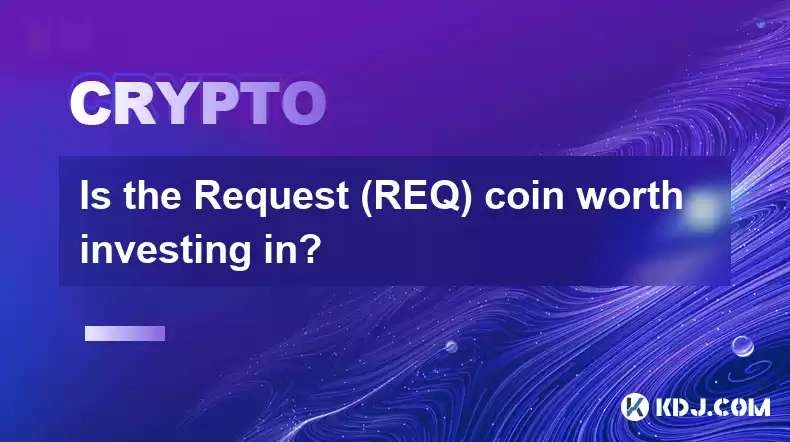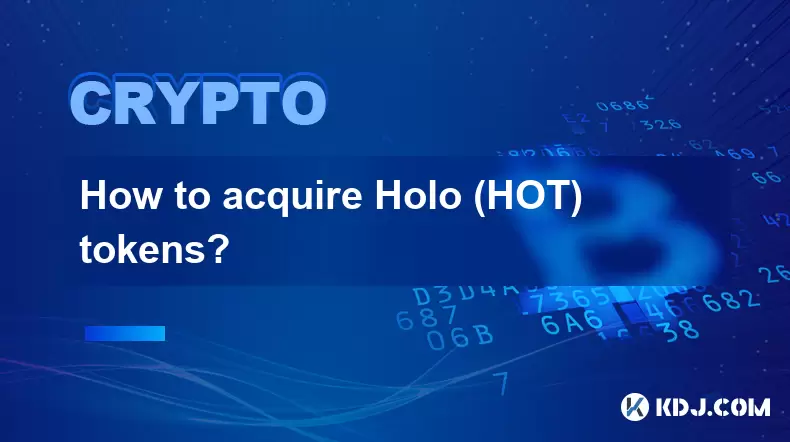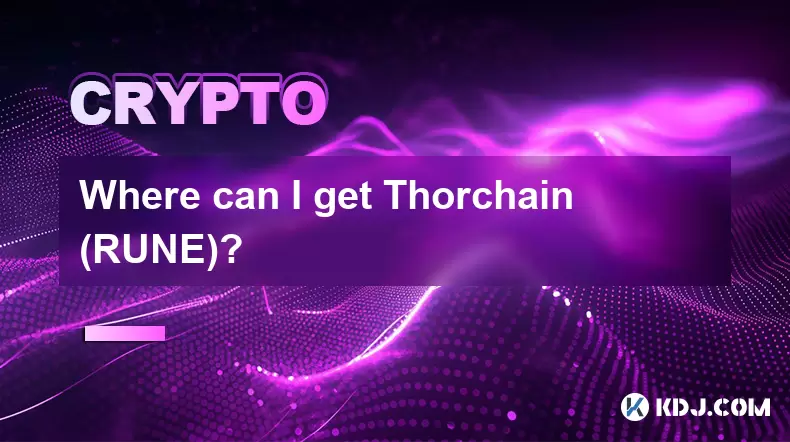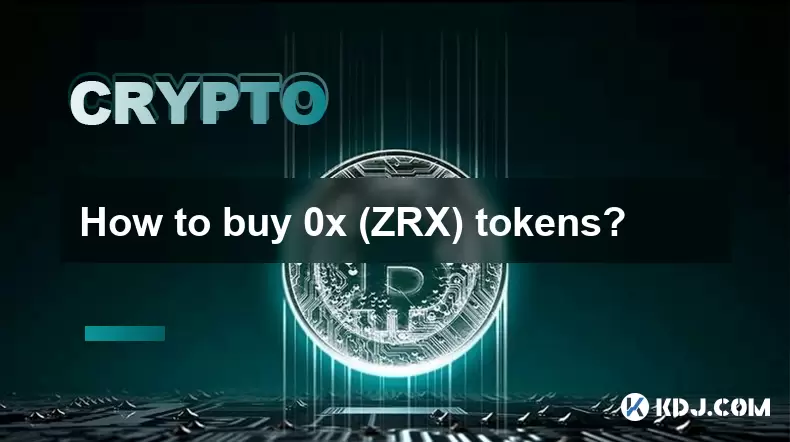-
 Bitcoin
Bitcoin $117500
2.15% -
 Ethereum
Ethereum $3911
6.19% -
 XRP
XRP $3.316
10.79% -
 Tether USDt
Tether USDt $1.000
0.01% -
 BNB
BNB $787.2
2.24% -
 Solana
Solana $175.2
4.15% -
 USDC
USDC $0.9999
0.00% -
 Dogecoin
Dogecoin $0.2225
8.40% -
 TRON
TRON $0.3383
0.28% -
 Cardano
Cardano $0.7868
6.02% -
 Stellar
Stellar $0.4382
9.34% -
 Hyperliquid
Hyperliquid $40.92
7.56% -
 Sui
Sui $3.764
7.63% -
 Chainlink
Chainlink $18.48
10.66% -
 Bitcoin Cash
Bitcoin Cash $582.1
1.88% -
 Hedera
Hedera $0.2601
6.30% -
 Avalanche
Avalanche $23.33
4.94% -
 Ethena USDe
Ethena USDe $1.001
0.02% -
 Litecoin
Litecoin $122.3
2.04% -
 UNUS SED LEO
UNUS SED LEO $8.969
-0.27% -
 Toncoin
Toncoin $3.339
0.86% -
 Shiba Inu
Shiba Inu $0.00001287
4.30% -
 Uniswap
Uniswap $10.43
7.38% -
 Polkadot
Polkadot $3.861
5.08% -
 Dai
Dai $1.000
0.02% -
 Bitget Token
Bitget Token $4.513
3.41% -
 Monero
Monero $267.7
-6.18% -
 Cronos
Cronos $0.1499
4.14% -
 Pepe
Pepe $0.00001110
5.15% -
 Aave
Aave $284.9
8.28%
Is the Request (REQ) coin worth investing in?
Request Network (REQ), with its secure payment processing and potential for payment automation, cross-border payments, and e-commerce integration, offers promising investment opportunities.
Dec 23, 2024 at 03:25 am

Key Points:
- Understanding the fundamentals of Request Network (REQ)
- Analyzing the technical aspects of REQ
- Exploring the potential and limitations of REQ
- Evaluating the investment potential of REQ
- Examining the REQ ecosystem and community
Is the Request (REQ) Coin Worth Investing In?
Request Network (REQ) is a decentralized network that provides a secure and efficient way to request and send payments. It utilizes blockchain technology to streamline the payment process, reducing costs and increasing transparency. However, before investing in REQ, it is important to consider its strengths, weaknesses, and investment potential.
Understanding the Fundamentals of Request Network (REQ)
Concept: Request Network aims to revolutionize the way payments are requested and processed. It eliminates intermediaries by connecting payers and payees directly, facilitating seamless and cost-effective transactions.
REQ Token: The native token of Request Network is REQ, which serves several purposes, including:
* Paying transaction fees on the network
* Incentivizing network participants
* Facilitating smart contracts
Network Architecture: Request Network operates on a distributed blockchain network, ensuring data security and transparency. It uses smart contracts to automate agreement execution and payment transfer.
Analyzing the Technical Aspects of REQ
Blockchain: REQ leverages the Ethereum blockchain for its infrastructure, benefiting from Ethereum's high level of security and wide-scale adoption.
Consensus Mechanism: Request Network uses a proof-of-stake (PoS) consensus mechanism, where validators secure the network by staking their REQ tokens.
Scalability: The network is designed to handle a high volume of transactions by incorporating transaction batching and off-chain solutions.
Exploring the Potential and Limitations of REQ
Potential:
Payment Automation: Request Network enables the automation of payments based on predefined conditions, reducing the need for manual intervention and human error.
Cross-Border Payments: The network facilitates low-cost and efficient cross-border payments by leveraging blockchain technology to eliminate intermediaries and reduce transaction fees.
E-commerce Integration: REQ can be integrated into e-commerce platforms, enabling seamless payments and reducing checkout times for online shoppers.
Limitations:
Competition: Request Network faces competition from other decentralized payment networks, such as Ripple and Stellar.
Market Volatility: The crypto market is known for its volatility, which can impact the value of REQ.
Regulation Uncertainty: Regulatory frameworks for cryptocurrencies are evolving, and changes in regulations may affect the adoption and usage of Request Network.
Evaluating the Investment Potential of REQ
Market Performance: REQ has demonstrated strong market growth since its launch, with significant price fluctuations. Investors should monitor market trends and conduct thorough due diligence before making any investment decisions.
Partnership and Adoption: Request Network has established partnerships with reputable companies, including Microsoft and Visa, which indicates its potential for widespread adoption.
Team and Development: The Request Network team is experienced and has a proven track record in blockchain development. The ongoing development of the network and its features should be taken into consideration.
Examining the REQ Ecosystem and Community
Ecosystem: Request Network has a growing ecosystem of applications, wallets, and integrations. A strong ecosystem contributes to the overall utility and value of REQ.
Community Support: The REQ community is active and engaged, providing feedback and contributing to the network's development. A dedicated and supportive community can foster long-term growth.
FAQs
Is REQ a good investment?
The investment potential of REQ varies based on market conditions, technical improvements, and industry trends. Investors should DYOR and make informed decisions.
What are the risks associated with investing in REQ?
REQ, like other cryptocurrencies, carries market volatility risk, competition risk, and regulatory risk.
How do I buy REQ?
REQ can be purchased on various cryptocurrency exchanges, such as Binance, Coinbase, and KuCoin.
What is the future of Request Network?
Request Network continues to innovate and expand its ecosystem. The network's potential for payment automation, cross-border payments, and e-commerce integration remains significant.
Disclaimer:info@kdj.com
The information provided is not trading advice. kdj.com does not assume any responsibility for any investments made based on the information provided in this article. Cryptocurrencies are highly volatile and it is highly recommended that you invest with caution after thorough research!
If you believe that the content used on this website infringes your copyright, please contact us immediately (info@kdj.com) and we will delete it promptly.
- Tron's Sell-Off Spurs Altcoin Shift: What's Next for TRX?
- 2025-08-08 08:30:12
- RUVI Presale: Is the Growth Potential Real?
- 2025-08-08 09:10:12
- Sleep Token's US Takeover: Thornhill Rides the 'Even In Arcadia' Wave
- 2025-08-08 08:30:12
- FTT Token's Wild Ride: Creditor Repayments vs. Market Drop - A New Yorker's Take
- 2025-08-08 07:10:12
- Floki Crypto Price Prediction: Riding the Robinhood Rocket or Just a Meme?
- 2025-08-08 07:15:12
- EigenLayer, Restaking, and Ethereum: Navigating the Hype and the Hazards
- 2025-08-08 06:30:12
Related knowledge

Where can I buy UMA (UMA)?
Aug 07,2025 at 06:42pm
Understanding UMA and Its Role in Decentralized FinanceUMA (Universal Market Access) is an Ethereum-based decentralized finance (DeFi) protocol design...

Where can I purchase Siacoin (SC)?
Aug 08,2025 at 11:14am
Understanding Siacoin (SC) and Its Role in the Sia NetworkSiacoin (SC) is the native cryptocurrency of the Sia decentralized cloud storage platform, a...

What exchanges support buying IOTA (MIOTA)?
Aug 07,2025 at 09:58pm
Understanding the Role of Private Keys in Cryptocurrency SecurityIn the world of cryptocurrency, private keys are the cornerstone of ownership and con...

How to acquire Holo (HOT) tokens?
Aug 08,2025 at 05:56am
Understanding Holo (HOT) and Its EcosystemHolo (HOT) is a cryptocurrency token associated with the Holo ecosystem, which is built on the Holochain fra...

Where can I get Thorchain (RUNE)?
Aug 08,2025 at 08:07am
Understanding the Role of Seed Phrases in Cryptocurrency WalletsA seed phrase, also known as a recovery phrase or mnemonic phrase, is a critical compo...

How to buy 0x (ZRX) tokens?
Aug 08,2025 at 12:01pm
Understanding 0x (ZRX) and Its Role in Decentralized FinanceThe 0x protocol is an open-source, decentralized exchange infrastructure that enables the ...

Where can I buy UMA (UMA)?
Aug 07,2025 at 06:42pm
Understanding UMA and Its Role in Decentralized FinanceUMA (Universal Market Access) is an Ethereum-based decentralized finance (DeFi) protocol design...

Where can I purchase Siacoin (SC)?
Aug 08,2025 at 11:14am
Understanding Siacoin (SC) and Its Role in the Sia NetworkSiacoin (SC) is the native cryptocurrency of the Sia decentralized cloud storage platform, a...

What exchanges support buying IOTA (MIOTA)?
Aug 07,2025 at 09:58pm
Understanding the Role of Private Keys in Cryptocurrency SecurityIn the world of cryptocurrency, private keys are the cornerstone of ownership and con...

How to acquire Holo (HOT) tokens?
Aug 08,2025 at 05:56am
Understanding Holo (HOT) and Its EcosystemHolo (HOT) is a cryptocurrency token associated with the Holo ecosystem, which is built on the Holochain fra...

Where can I get Thorchain (RUNE)?
Aug 08,2025 at 08:07am
Understanding the Role of Seed Phrases in Cryptocurrency WalletsA seed phrase, also known as a recovery phrase or mnemonic phrase, is a critical compo...

How to buy 0x (ZRX) tokens?
Aug 08,2025 at 12:01pm
Understanding 0x (ZRX) and Its Role in Decentralized FinanceThe 0x protocol is an open-source, decentralized exchange infrastructure that enables the ...
See all articles

























































































